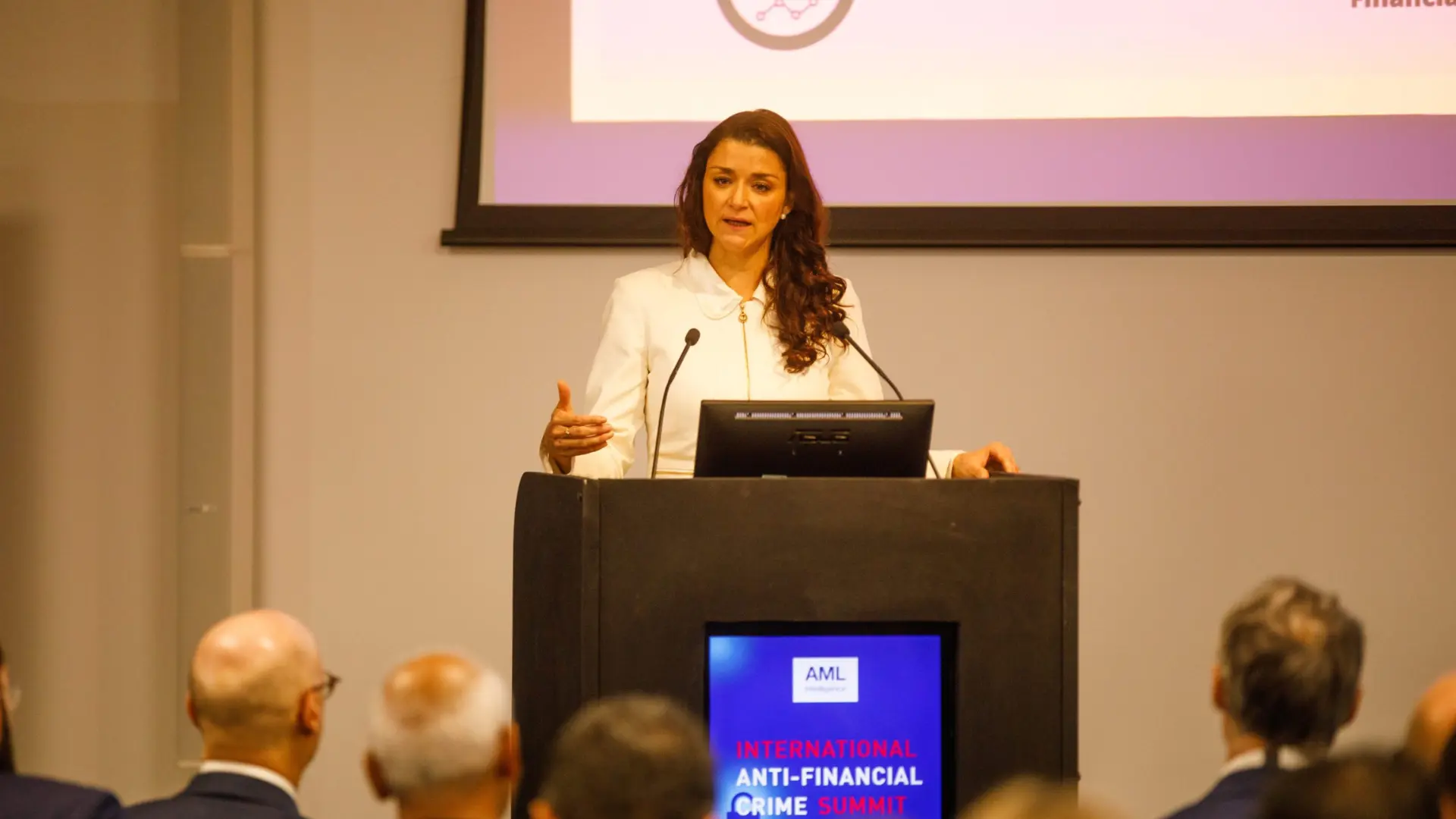In a recent statement, the President of the Financial Action Task Force (FATF) has urged major technology companies to take decisive action against the rising threat of sextortion scams. This call to action comes as cybercriminals increasingly exploit social media platforms to target vulnerable individuals, particularly high-net-worth professionals and teenagers.
The growing threat of sextortion
Sextortion, a form of cyber-enabled fraud, has seen a significant uptick in recent years. Cybercriminals are using sophisticated tactics to lure victims into compromising situations, often through social media platforms like LinkedIn. These scams can have devastating financial and emotional consequences for victims.
Big Tech’s role in combating cybercrime
The FATF President emphasises that technology giants have a crucial role to play in safeguarding their users from these malicious activities. By implementing robust security measures and enhancing user awareness, Big Tech can significantly reduce the risk of sextortion and other cyber-enabled frauds.
Key areas for action
- Enhanced User Verification: Implementing stricter verification processes to reduce the prevalence of fake profiles used in these scams.
- Improved AI-driven Detection: Utilising advanced artificial intelligence to identify and flag potentially fraudulent activities.
- User Education: Providing clear, accessible information about the risks of sextortion and how to avoid falling victim to such scams.
- Collaboration with Law Enforcement: Strengthening partnerships with international law enforcement agencies to track and prosecute cybercriminals more effectively.
The financial impact
The FATF report highlights the significant financial losses associated with cyber-enabled fraud. In one case study, a criminal network known as QQAAZZ attempted to launder tens of millions of euros on behalf of cybercriminals. This underscores the urgent need for action to protect individuals and the global financial system.
A call for collective action
The FATF President’s statement serves as a rallying cry for a coordinated response to this growing threat. By combining the technological prowess of Big Tech with the regulatory oversight of bodies like FATF, we can create a more secure digital landscape for all users.
As we move forward, it’s crucial that all stakeholders—from tech companies to individual users—remain vigilant and proactive in the fight against cyber-enabled fraud.





